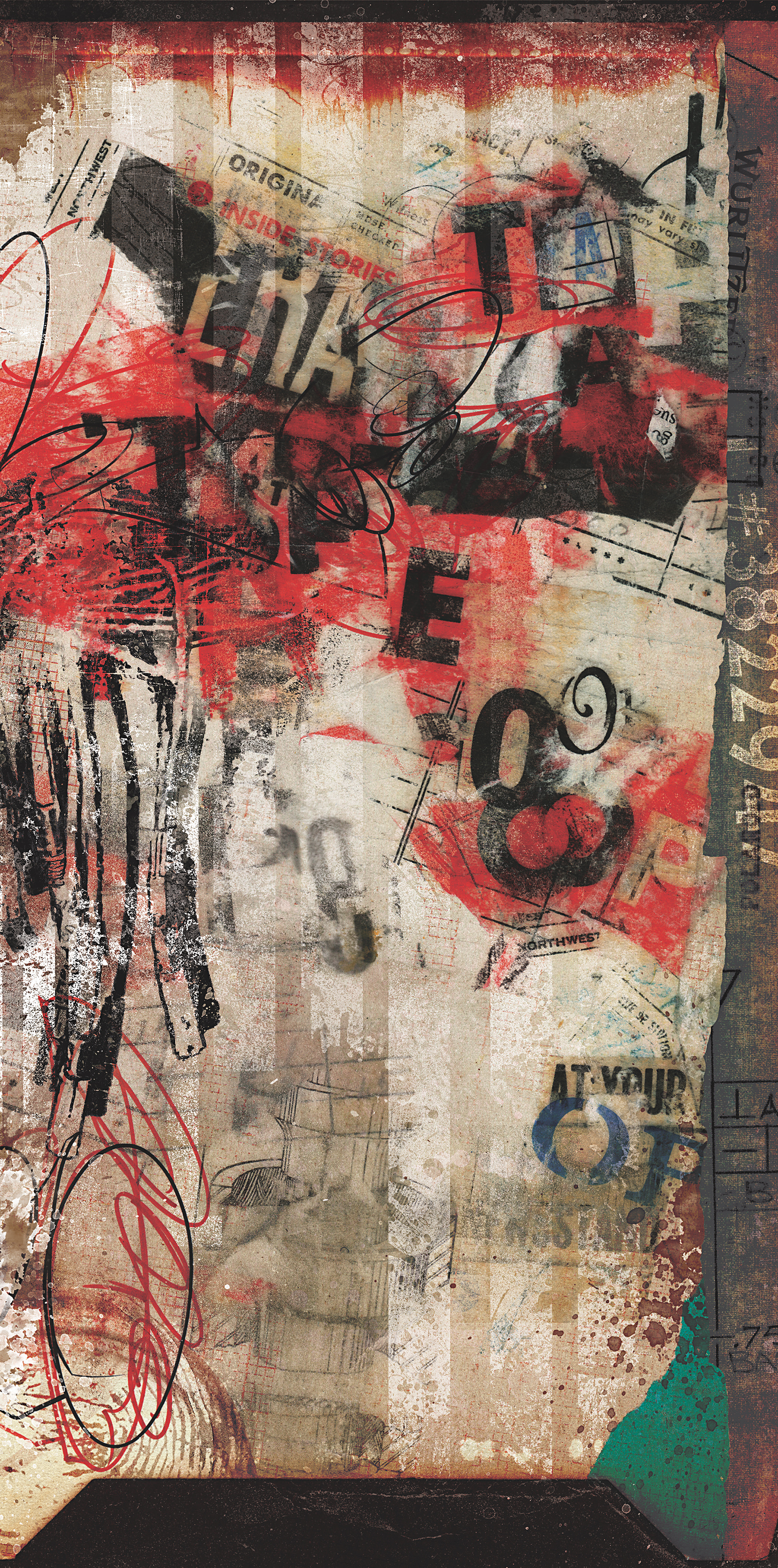Overloud Audio Tools’ DOPAMINE is a recreation of the renown Dolby 361 A-Type noise reduction module, and the slightly lesser known, but still well-loved TEAC AN-180 (which utilized Dolby B-Type noise reduction). While these original tools were built to reduce noise, engineers loved to use the encoded sound to add brightness, compression, and a certain sweetness to vocals or cymbals, or anything that might need a bit more pop and sizzle. I was engineering a session a few years ago in Nashville, and the house engineer suggested I use their 361 to brighten up the ribbon mic on a guitar cab. I looked at him like he was crazy. The unit said “noise reduction” on it. What was he talking about? But sure enough, the sound was undeniably sweeter and more present than before. So, when the opportunity arose to review DOPAMINE, I knew this was something I had to hear.
At first glance, DOPAMINE will look very familiar to those acquainted with the original modules, but with added knobs to control your Dry and Wet signals, compression (Comp), and overall Level. In 361 mode, you can also toggle between A-Type noise reduction and Noise Stressor (tailored for vocals). In 180 mode, the compression knob is removed. DOPAMINE is very clearly a one-trick pony, so the “trick” had better be good. Right? In this case, it definitely is! In contrast to the Aphex Aural Exciter, Overloud describes DOPAMINE as a dynamic equalizer that, “balances the harmonics that naturally exist in the original audio rather than generating non-existent harmonics by synthesizing them.”
In use, DOPAMINE delivers the same audibly sweet and exciting tone that made the 361 A-Type a must-have. However, instead of owning one or two units, we get as many as our CPUs can handle, and DOPAMINE is optimized to run on every channel if need be. Each of the three primary settings has a unique sound and shines in different scenarios – though you really can’t go wrong with any of them, given the option to blend your Wet and Dry signals. Snare drums gain some air, guitars cut without biting, and hi-hats become more... well... tolerable. For vocals, the 361 A-Type is clearly the go-to sound, creating a little dip around 1 kHz to 2 kHz while pushing up the chestiness of the voice to sit a little more forward. The vocal can go from flat to in your face in a hurry. The Noise Stressor setting smooths out the low mid a bit, and really brings the air forward, which to my ear could be a little too much for brighter condenser microphones. The 180 B-Type sound is subtler, providing more of a smoothing or polishing effect; it doesn’t pop as much as the 361 A-Type, so if you’re looking for something less heavy-handed, the 180 B-Type is the way to go.
DOPAMINE is a fantastic recreation of a hallowed studio trick and doesn’t disappoint. At $119, it’s not quite as affordable as other niche plug-ins, but it also offers something unique while filling a void you didn’t know you had. I definitely suggest grabbing the free trial to see if it’s something that could fit into your workflow!




_disp_horizontal_bw.jpg)